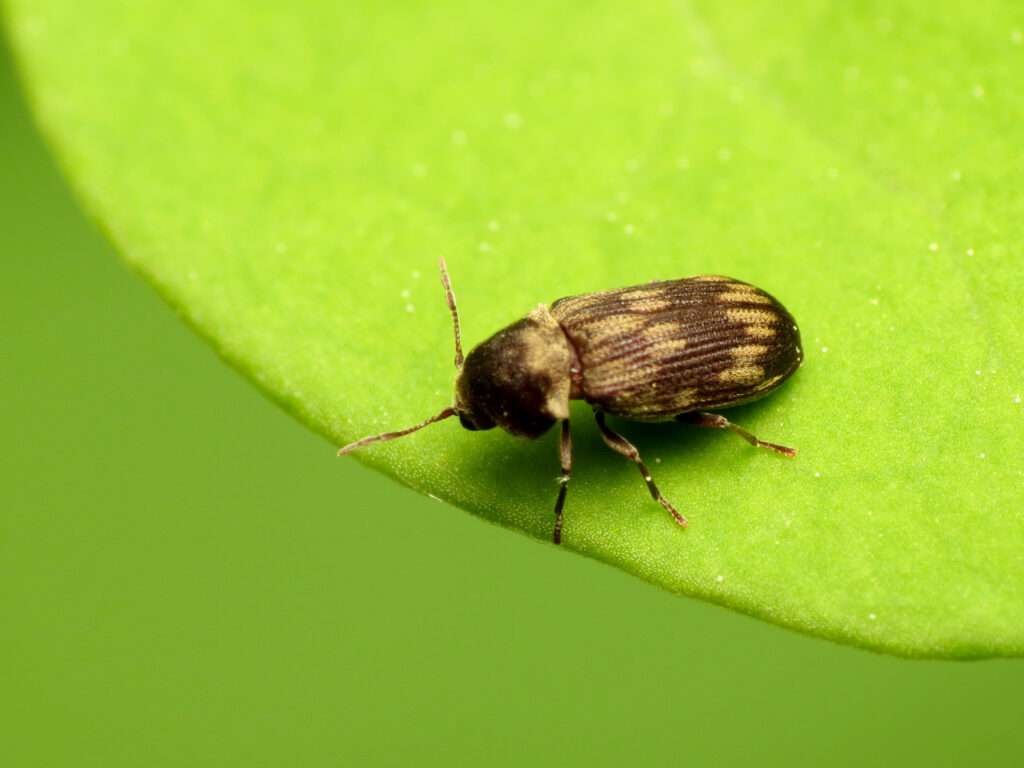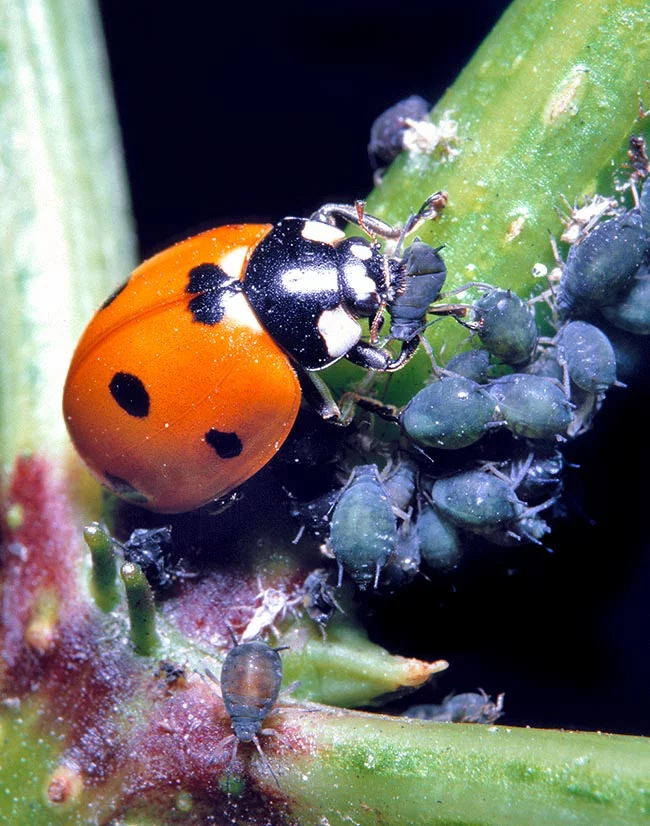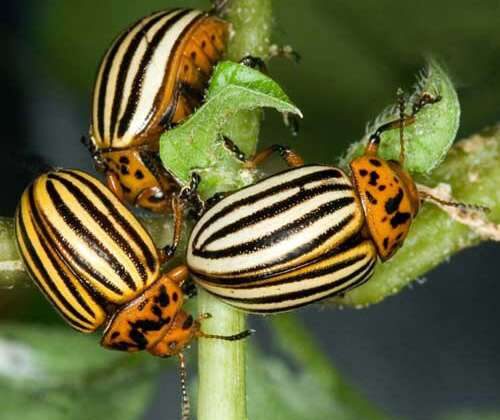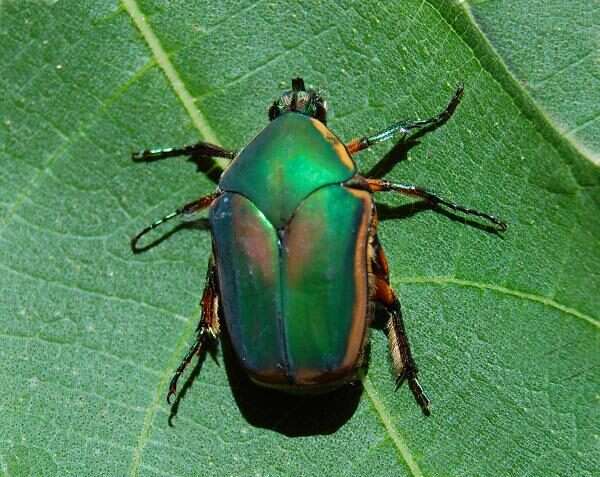
A type of wood boring beetle called the deathwatch beetle (Xestobium rufovillosum) can occasionally infest the structural timbers of old structures. The adult beetle is around 7 mm (0.3 in) long and brown in color. In old wood structures, trees, and tunnel systems left behind by previous larvae, eggs are placed. Before pupating and emerging from the wood as adult beetles, the larvae dig into the wood, eating there for up to ten years. The larvae may gnaw through damp, fungal-decayed wood that has been exposed to moisture. They consume the cellulose and hemicellulose in the wood by breaking it down with the help of digestive enzymes found in their gut.
Description
- A mere fraction of an inch in length, the deathwatch is a tiny beetle with a brown shell and minute hairs covering its entire body that should make identification easier.
- The thorax almost entirely encloses the head. Although this species is a somewhat weak flier and hardly ventures very far from its wooded environment, the wings are also concealed behind the shell.
- The larvae, on the other hand, don’t resemble adults at all. This six-legged, white grub has two eye spots on either side of its head, black jaws, and six legs.
- They can get as big as the adults themselves—0.4 inches—in size.
- The pupa is milky white when it emerges from its cocoon-like shell and gradually turns darker as it develops into an adult.
Geographical Location
The deathwatch beetle is widely distributed in both Europe and North America.
Habitat
The larvae live inside old, decaying trees or structures that have been softened by fungi. One of their preferred hosts is Oak. Because they will exhaust the habitat to the point where it is unusable as a food source, their tunneling can seriously harm wood.
What foods consume the deathwatch beetle?
It only uses wood as fuel. The softwood they are laid on makes up the deathwatch beetle’s diet. The larvae’s stomach contains digestive proteins that, at least after the fungi have first softened the wood’s tough cellulose, can break it down. Xylophagy is the scientific name for an herbivore that eats wood.

Life Cycle
Adults first appear in Britain in April, May, or June. The females usually appear later in the day, after the males have emerged, and are ready to mate right away. Only at temperatures above 10 °C does emergence take place. It takes place in a secret area for about an hour, mostly on surface wood. Females lay eggs in wood cracks or in holes made by newly hatched beetles. The female may have laid 40 to 80 eggs in small batches by the time the adults, who do not eat, pass away within a few weeks.
About a month passes before the eggs hatch. The tiny larvae that have just emerged eat their way into the wood to feed on the wood. Since they grow slowly, it could take them two to 10 years or even longer to reach their maximum size. At this point, they pupate in a chamber close to the surface of the wood, and either after twenty to thirty days, they emerge through a newly produced hole, or else they emerge the next spring (about eleven months later).
Lifespan
They have a lifespan of two to ten years.
Why do they not keep them as pets?
A frequent pest with a modest size is the deathwatch beetle. Additionally, they can damage a building’s structural timber, and their tapping and ticking noises during a silent night are said to be unlucky omens. We therefore contend that they wouldn’t make a suitable pet.
Table





